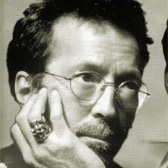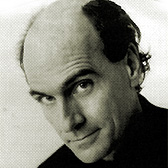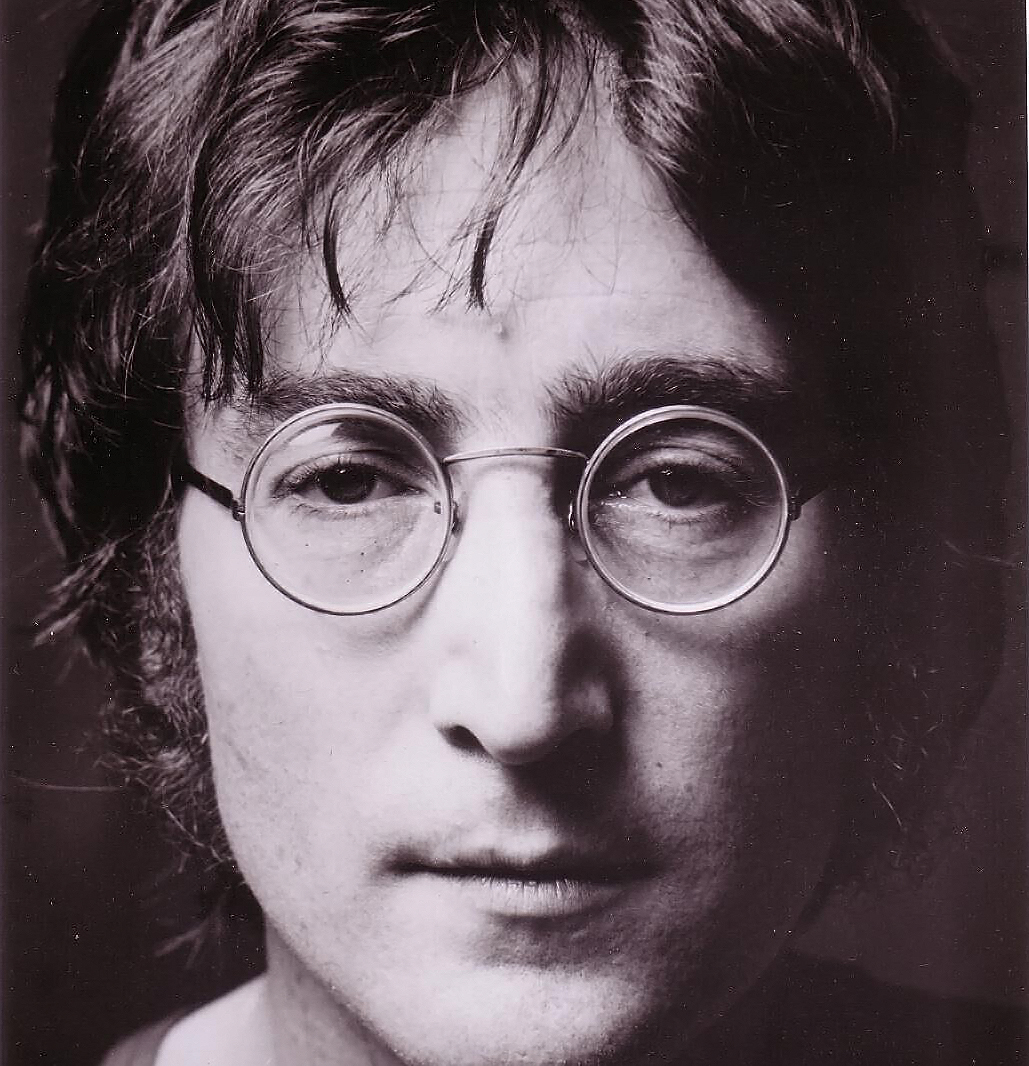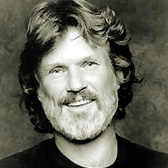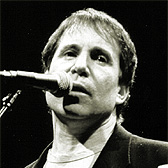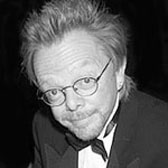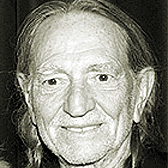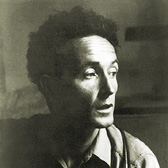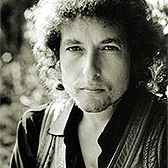
Poet/songwriter spokesman for a generation
Bob Dylan
InducteeA true icon of contemporary American culture, honored with National Medal of the Arts in 2009
Bob Dylan’s eclectic and multi-dimensional songwriting has been widely celebrated and revered by all genres in American Popular Music. In 2004, Rolling Stone magazine named Dylan’s “Like a Rolling Stone” as the #1 greatest Rock n’ Roll song of all time. His lyrics and music have been influenced by practically every genre including folk, country, the blues, RnB, Tin Pan Alley standards and jazz.
He was born Robert Allen Zimmerman on May 24, 1941 in Duluth, MN and learned to play the guitar and harmonica at a young age. After graduating from high school, Dylan studied art at the University of Minnesota and began performing at coffeehouses under the name Bob Dylan (his last name was inspired by poet Dylan Thomas).
After honing his performance style in Minnesota, Dylan moved to New York City in 1961 and began performing throughout Greenwich Village, making a name for himself as one of the up and coming folk singers in the City. Upon arriving in New York, Dylan began visiting his idol Woody Guthrie in the hospital where he was suffering from Huntington's disease. "I was pretty fanatical about what I wanted to do, so after learning about two hundred of Woody's songs, I went to see him and I waited for the right moment to visit him in a hospital in Morristown, New Jersey. I took a bus from New York, sat with him and sang his songs." (New York, 1984) Guthrie and his songs became an important model for much of Dylan's early early songwriting. "The [Guthrie] influence has all been on the first, second, third and fourth album. When I say influence, I mean total influence. I mean either writing or singing, y’know. I mean his influence in his manner of speaking. His influence in his topics that he writes about. His influence lies in his phrasing and stuff like that.” (New York, 1965)
Dylan's songs and performance style were unique and he soon collected a solid following throughout the City and six months after moving there, he was opening for John Lee Hooker.
Dylan signed with Columbia Records and released his debut album, Bob Dylan in 1962. He also became entrenched in the political culture of the early 1960’s New York City and included his songs influenced by the era on his second album The Freewheelin’ Bob Dylan. The album included “Blowin’ in the Wind” which was later recorded and made a top 25 hit single by Peter Paul and Mary in 1963.
In 1964, The Times They Are A-Changin’ was released. The songs on the album showed the first signs of his multi-dimensional lyric writing - this time impacted by poets like Arthur Rimbaud and John Keats. In December 1964, Another Side of Bob Dylan was released and Dylan showed another dimension with his words and music introducing R&B influences and instrumental arrangements more sophisticated than the folk acoustic sound he had used on his first three albums. In addition to the prolific concept writing, Dylan also produced individual songs and at the end of 1964, the Byrds recorded his song “Mr. Tambourine Man” for their debut album. The recording became a 1965 #1 hit in the US.
Bringing it All Back Home was released in March of 1965 and included original songs enhanced by a loud band. This release was the farthest Dylan had traveled from his original folk origins and while many folk fans were displeased with the change, rock and pop audiences began embracing the poetic lyrics and unique vocals. When “Like a Rolling Stone” was released in the summer of “65, Dylan had officially become mainstream with the song reaching #2 on the pop charts and Dylan already a songwriting legend.
After the success of “Like a Rolling Stone,” Dylan’s 1956-1966 singles and albums achieved critical and chart success: Highway 61 Revisited peaked at #3 on the 1965 pop album charts; "Positively 4th Street" and "Rainy Day Woman" both reached the top ten on the US singles charts.
On July 29, 1966, Dylan was injured in a motorcycle accident outside of his home in Woodstock, NY. While details of the accident remain unclear, the impact is undeniable. By all accounts, he became a recluse, disappearing into his home in Woodstock and raising his family with his wife, Sara. After a few months, he retreated with his backing group, The Band, for recording sessions at a studio in West Saugerties. The songwriting on the new album showed yet another metamorphosis in the Dylan style, this time the lyrics were more direct and the music more folk-country. The sessions were not intended to be released, but became a double album entitled The Basement Tapes in 1975.
The first release after the accident was 1967’s John Wesley Harding. The album peaked at #2 on the US charts and #1 in the UK. Many consider the album to be the first country-rock record of significance . His next release, 1969’s Nashville Skyline was in the same genre as its predecessor and included the top ten hit “Lay Lady Lay.” New Morning, his last album of original material for the next 3 years was released in 1970 and peaked at #7.
In the early 1970’s, Dylan experimented with other creative channels including acting, film scoring and writing. For the film Pat Garrett and Billy the Kid, Dylan played Alias and wrote the hit song “Knockin’ on Heaven’s Door” for the soundtrack. In the mid-’70’s he again concentrated on touring and writing concept albums releasing Planet Waves (his first #1 album), Blood on the Tracks (peaked at #1), Before the Flood (double-live album), Desire, Street-Legal, Slow Train Coming.
At the conclusion of a 1978 tour, Dylan announced he was a born-again Christian and released a series of Christian albums Slow Train Coming, Saved and Shot of Love. The releases were greeted with confusion by his fans and harsh reviews by critics. But by 1983, he released Infidels, which was greeted with favorable reviews.
By the mid-80’s, he returned to touring and again experimenting with his lyrics and music releasing Empire Burlesque in 1985 which featured dance tracks and rock songs. Throughout the late 80’s and early 90’s, Dylan released 5 more concept albums - none of which hit the top twenty - and in the mid 90’s returned to his original style, recording traditional folk songs. 1993’s World Gone Wrong won the Grammy Award for Best Traditional Folk Album. 1997’s Time Out of Mind was Dylan’s first album of original material in seven years and debuted in the top ten on the pop charts. Time Out of Mind received three Grammy Awards -- Album of the Year, Best Contemporary Folk Album and Best Male Rock Vocal.
Perhaps one of the greatest icons of American music, Bob Dylan is a true poet and composer. “I began writing because I was singing. That’s the important thing. I started writing because things were changing all the time and a certain song needed to be written. I started writing them because I wanted to sing them. Anyway, one thing led to another and I just kept writing my own songs, but I stumbled into it really. It was nothing I had prepared myself for, but I did sing a lot of songs before I wrote any of my own. I think that’s important too.
Bob DylanI used to think that myself and my songs were the same thing. But I don’t believe that any more. There’s myself and there’s my song, which I hope is everybody’s song.



